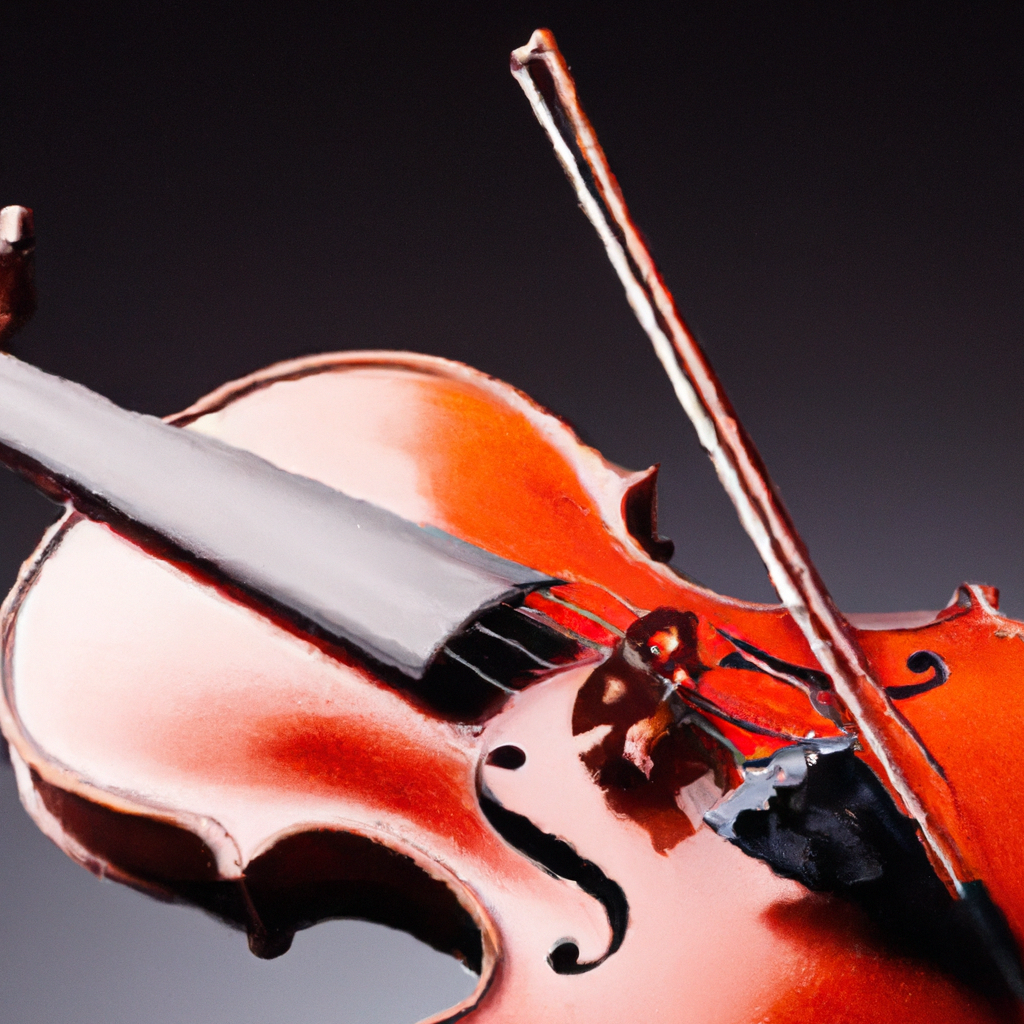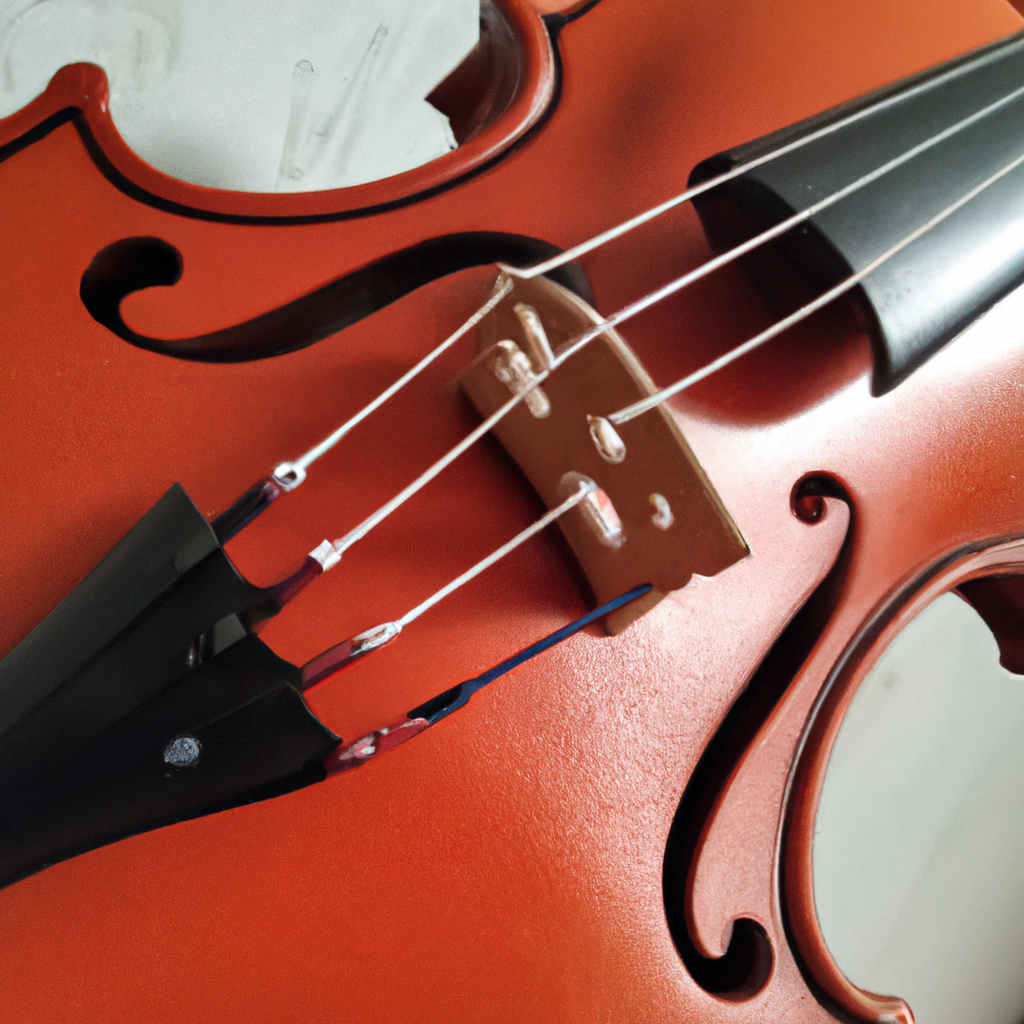
Choosing the right beginners violin is crucial for anyone starting their musical journey. In this article, we will cover the different parts of a violin, the types of violins available for beginners, factors to consider when choosing a beginners violin, top beginner violin brands, the price range for beginners violins, where to buy beginners violins, tips for trying out and testing violins, common mistakes to avoid, and conclude with a recap of key points and encouragement to choose the right beginners violin for a successful musical journey.

A violin is composed of several parts that work together to create its unique sound and playability. These parts include the body, neck, fingerboard, bridge, soundpost, tailpiece, chinrest, and strings. Each part plays a significant role in the overall performance of the instrument.

The body of a violin is typically made of spruce or maple wood, which contributes to the resonance and projection of sound. The neck and fingerboard provide support for the strings and allow the player to press down on different notes. The bridge transmits the vibrations from the strings to the body, enhancing the volume and tonal quality. The soundpost, located inside the violin, helps maintain the structural integrity and improves the sound production. The tailpiece holds the strings in place, while the chinrest provides comfort and support for the player.
There are different types of violins available in the market specifically designed for beginners. These options include student violins, beginner electric violins, and fractional-sized violins for children. Each type has its own advantages and disadvantages.
Student violins are the most common choice for beginners. They are affordable, durable, and produce a decent sound. Beginner electric violins offer versatility and the ability to practice silently with headphones. Fractional-sized violins are designed for young children to ensure a proper fit and ease of playing.
When choosing a beginners violin, there are several factors to consider:
A. Budget considerations - Determine your budget and look for violins within that range.
B. Size and fit - Ensure that the violin is the correct size for the player's age and body proportions.
C. Quality and sound - Assess the overall craftsmanship and sound quality of the instrument.
D. Brand reputation - Research reputable violin brands known for their quality and reliability.
Several beginner violin brands stand out in terms of quality and affordability. These brands include Yamaha, Stentor, Cecilio, Mendini, and Eastman. Each brand offers a range of models with different features and price points.
The price range for beginners violins varies depending on factors such as brand, materials used, craftsmanship, and additional accessories. Entry-level student violins can range from $100 to $500, while electric violins and fractional-sized violins may be slightly more expensive.
Beginners violins can be purchased from various sources:
A. Local music stores - Visit nearby music stores that specialize in string instruments.
B. Online retailers - Consider reputable online retailers that offer a wide selection of violins.
C. Second-hand options - Explore classified ads or online marketplaces for used violins in good condition.
It is crucial to try out a violin before making a purchase. Consider the following tips:
A. Importance of trying out a violin before purchasing - Each violin has a unique sound and feel, and trying it out ensures a comfortable playing experience.
B. Factors to consider when testing a violin - Pay attention to the tone, projection, playability, and responsiveness of the instrument.
When choosing a beginners violin, avoid these common mistakes:
A. Buying without trying out the instrument - Testing the instrument ensures that it meets your expectations in terms of sound and playability.
B. Ignoring the importance of proper sizing - Choosing the right size is crucial for comfort and proper technique.
C. Focusing solely on price - While budget is important, prioritize quality and sound to ensure a fulfilling musical journey.
Choosing the right beginners violin is essential for a successful musical journey. Understanding the different parts of a violin, exploring the types of violins available, considering various factors, and researching top violin brands can help make an informed decision. Additionally, knowing the price range, where to buy, and tips for trying out and testing violins are important aspects to consider. By avoiding common mistakes and prioritizing quality over price, beginners can find a violin that suits their needs and embark on a fulfilling musical adventure.
Remember, the right beginners violin can make all the difference in your musical progress, so take your time, do your research, and choose wisely.
Click here to find the perfect beginners violin for you!